Equipment
Mizuno T20 wedges: Let’s get spinning
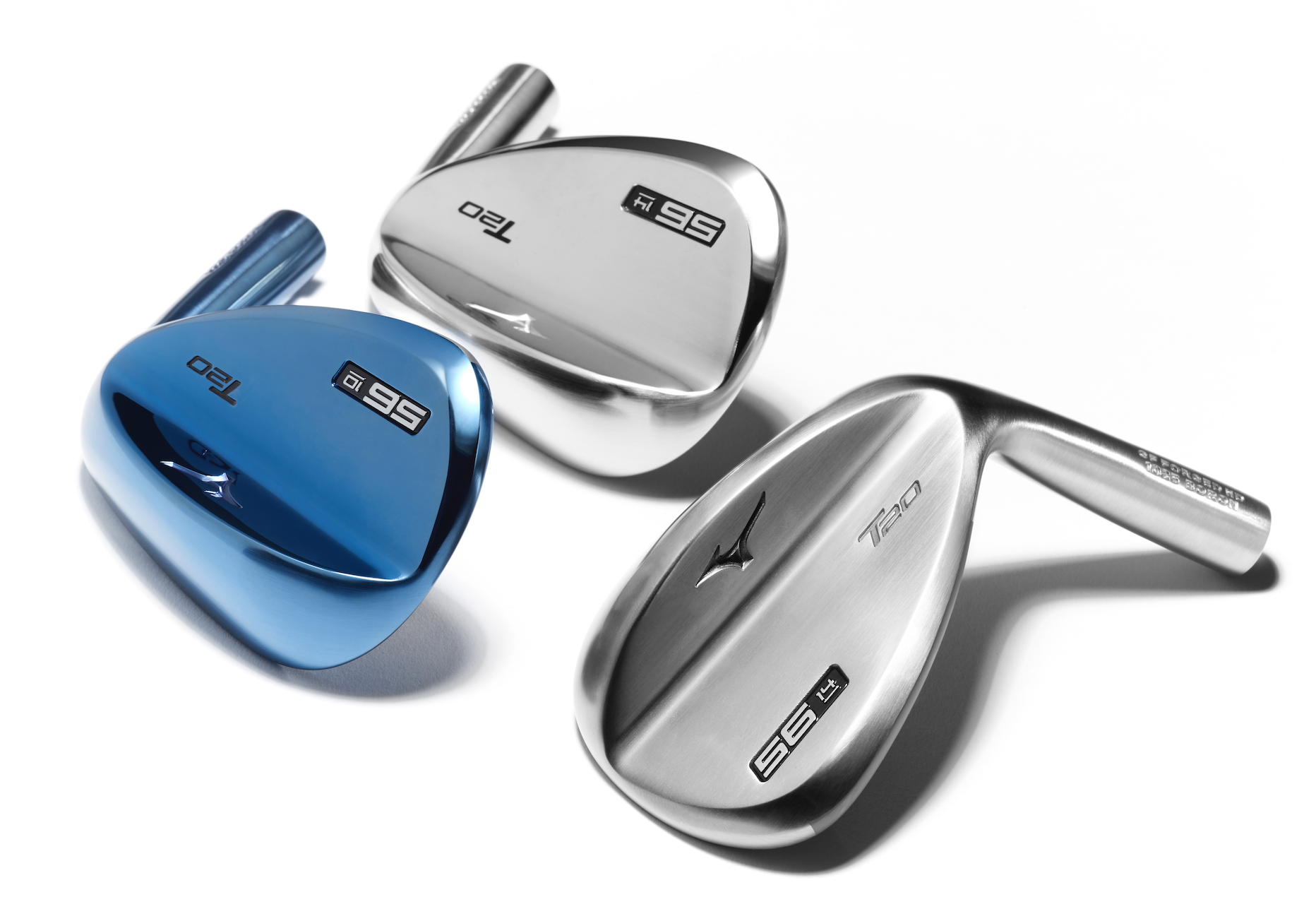
Spin.
We’re always trying to reduce it with our driver and increase it with our wedges for maximum control, but with the rules of golf being so strict, how do actually achieve a performance gain? Simple engineering…
This is the Mizuno T20 wedge.
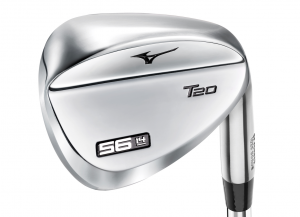
It’s been a few years since we have seen a T (teardrop) wedge from our friends at Mizuno, and there is good reason.
Let’ get into a quick history lesson: before the JPX900 series was introduced, Mizuno had quietly been realigning the product cycles of the MP and JPX lines. You might remember back a few years ago now before the MP18s hit the scene that there was a bit of a lull in the MP line—so much, in fact, there was even a thread here on GolfWRX asking “Is Mizuno not making MP irons anymore?”
It was a naturally curious question to a company that always had very standardized release cycles, but it was a long-term play that has paid off tremendously. We now get “T” wedges with MP irons (MP20s to be exact), and we should (from everything I know) continue to see “S” Silhouette (more rounded profile) wedges with future JPX lines.
Before we get to what’s new, how about we first talk about what will be staying the same
- Grain Flow Forged HD – like all new Mizuno irons, the T20s are made using the same forging process to increase the density of the material in the clubhead for an improved solid feel.
- Boron – this little element when added to the 1025e mild carbon steel used in the wedges (we’re talking trace amounts equating to 3ppm – parts per million) increases the strength of the material by 30 percent—how crazy is that for chemistry? This improves groove life and has ZERO effect on club feel.
- Variable Width & Depth Quad Cut Grooves – Like previous T and S wedges, the T20s will have quad cut grooves that will vary in shape based on the loft of the club. Lower lofted wedges are more narrow and deeper, while higher lofted wedges are wider and more shallow since impact happens at lower speeds this increases spin consistency.
- Same beautiful Teardrop profile from address
So what’s new?
Flow. Just like the MP20s, engineers are bringing more a more extreme CG (center of gravity) shifting philosophy, or as Mizuno explains it, increased vertical moment of inertia to the wedges. As much as you (well maybe not “you,” depending on who you are) might think “a wedge is just a wedge” and loft is the only deciding factor for spin, you couldn’t be further from the truth. By relocating the CG throughout the set and changing the sweet spot height, engineers can further alter the launch and spin precisely for each loft.
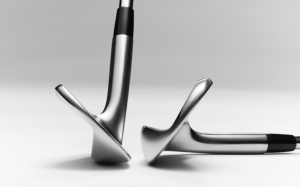
It’s about gear effect—the higher you hit above the CG the less spin the ball with have, and the closer to or lower you make impact compared to the CG the more spin you will create. Either way these are wedges, so a 50 degree, for example, is still going to spin, but it is now more controllable (think less likely to ballon or get too high on full shots). On the other side of the equation, a 60-degree wedge will allow for even MORE trajectory and spin control for the low flying quick checkers with zip.
Now about that spin.
By the Rules of Golf, you can’t make grooves sharper, you can’t increase their volume, and you can only have so much surface roughness (sorry but that old Spin Doctor wedge is HIGHLY NON-conforming). So what do you do? You change the way you think about that surface roughness…
Hydroflow Micro Grooves
Instead of traditional laser etching parallel to the grooves, Mizuno engineers took a concept from the high-performance tire world and went perpendicular to the grooves and parallel to the direction the ball moves up the face to channel moisture away. This directional tread has proven to increase spin on shots especially in conditions with moisture up to 1,200 RPM (on a 60-yard shot), that’s a very tangible number. It’s not just about spin either: the more the friction that can be created also means more control on launch angle and less of a “floating” ball flight. That’s how those low zippers keep zippin’!
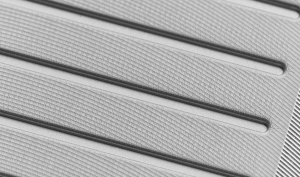
Don’t think for a second that Mizuno just changed the etching and was done with it. The process went through multiple iterations to figure out how they could improve its life (beyond the boron) and the solution was to etch before the chroming process to elongate the lifespan. The other groovy take for the T20s is the actual reconfiguration of the grooves. To get the bottom groove closer to the leading edge without having it disorient the overall look of the club and making it appear that the heel or toe is thinner on one side. The lowest groove has been shortened and centered.
All of these refinements; CG, micro-grooves, and reconfigured scoring lines add up to one thing: more control and improved shotmaking with your wedges.
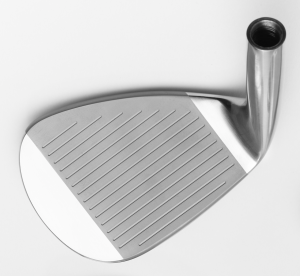
Finishes, specs, and grinds
The wishes of many have been answered when it comes to the T20s, there will be a RAW finish (happy dance time) along with traditional chrome and the signature blue ion. Leftys will only be able to get chrome, but all the same options will be available as far as lofts and grinds.
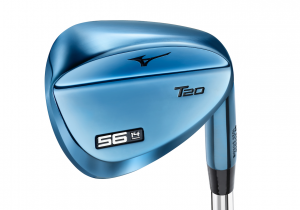
Coming in lofts from 46-60 degrees, the grind options progress depending on the loft and bounce. Going from full-soled in the lower lofts to more aggressive back edge, and heel-toe relief in the 60 degree. These sole shapes came directly from Mizuno’s craftsman that worked with players and prototypes to determine exactly how the bounce and sole shapes should work in harmony.
All of this has come together to create Mizuno’s finest wedge to date.
- LIKE256
- LEGIT19
- WOW35
- LOL3
- IDHT1
- FLOP2
- OB2
- SHANK6
Equipment
Spotted: Project X Denali hybrid shaft
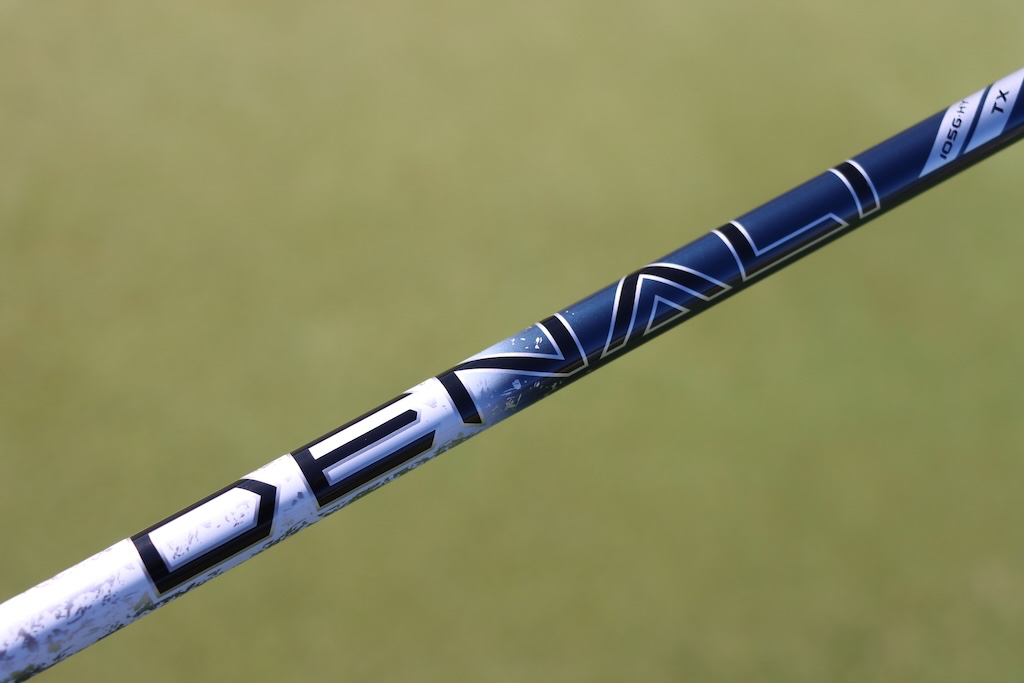
Project X’s Denali wood shafts have been seen in more and more golf bags this year as we start off the season. As a refresher, Denali Blue is the mid-launch and mid-spin model while Denali Black is for players seeking lower launch and spin.
Denali combines great feel with stability and increased ball speed. Currently, Project X only offers Denali Blue and Black in wood shafts, but we spotted a hybrid shaft in Daniel Berger’s bag at the 2024 Zurich Classic.
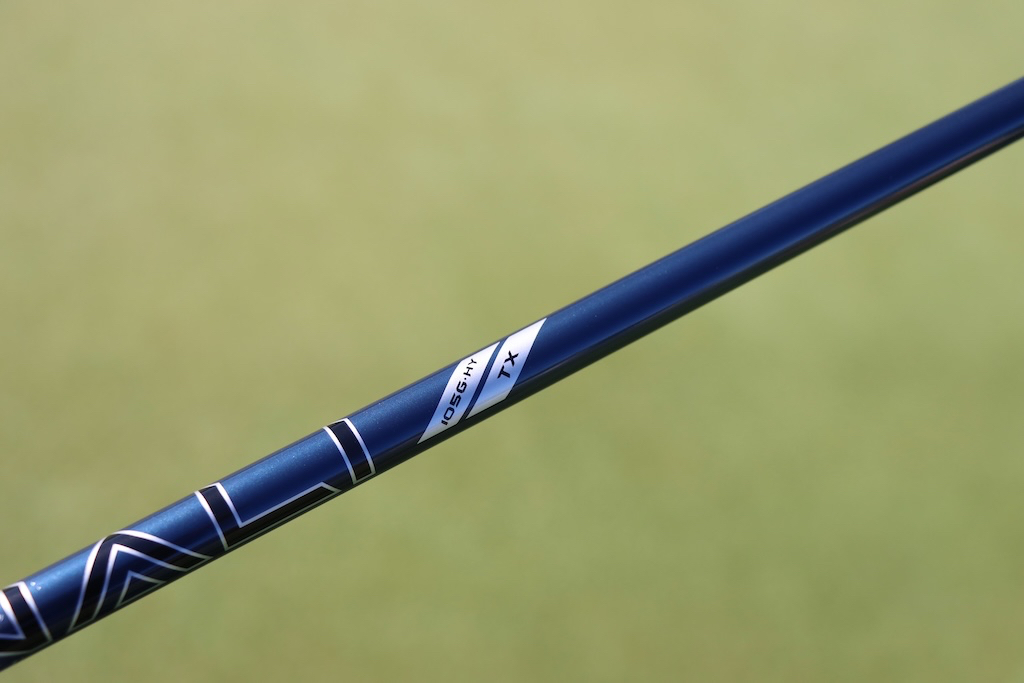
The shaft looks to be a Denali Blue 105G – HY in TX flex. No word on details from Project X yet but we can assume that this is a mid-launching shaft that weighs around 105 grams in Tour X-Stiff flex.
Berger has this shaft in his TaylorMade P770 3-iron, likely for some added launch and spin to hold the green from longer distances.
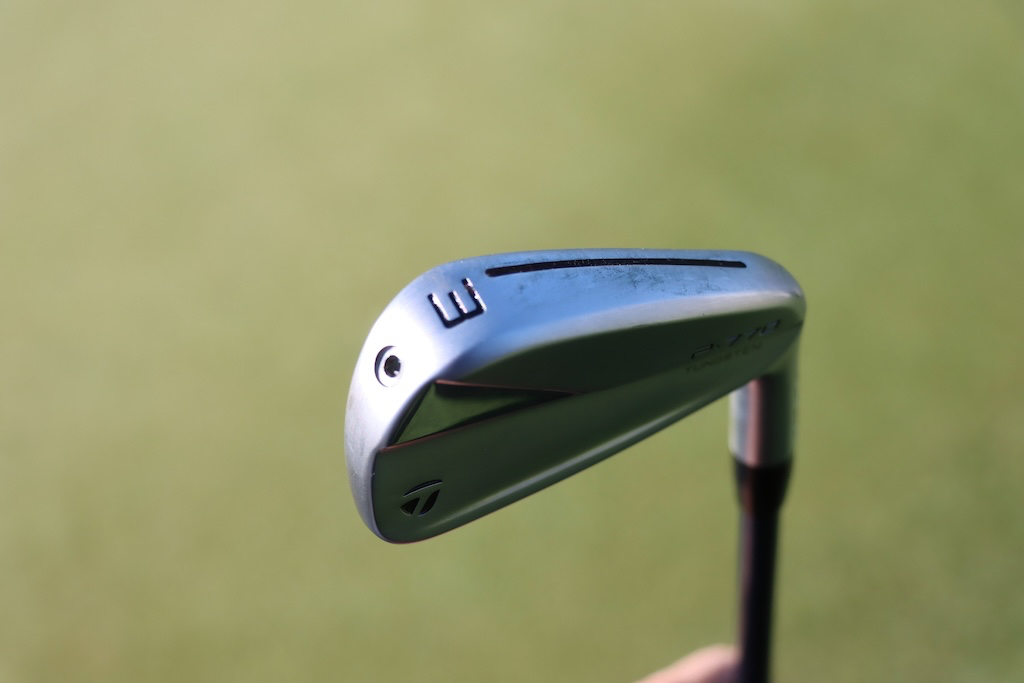
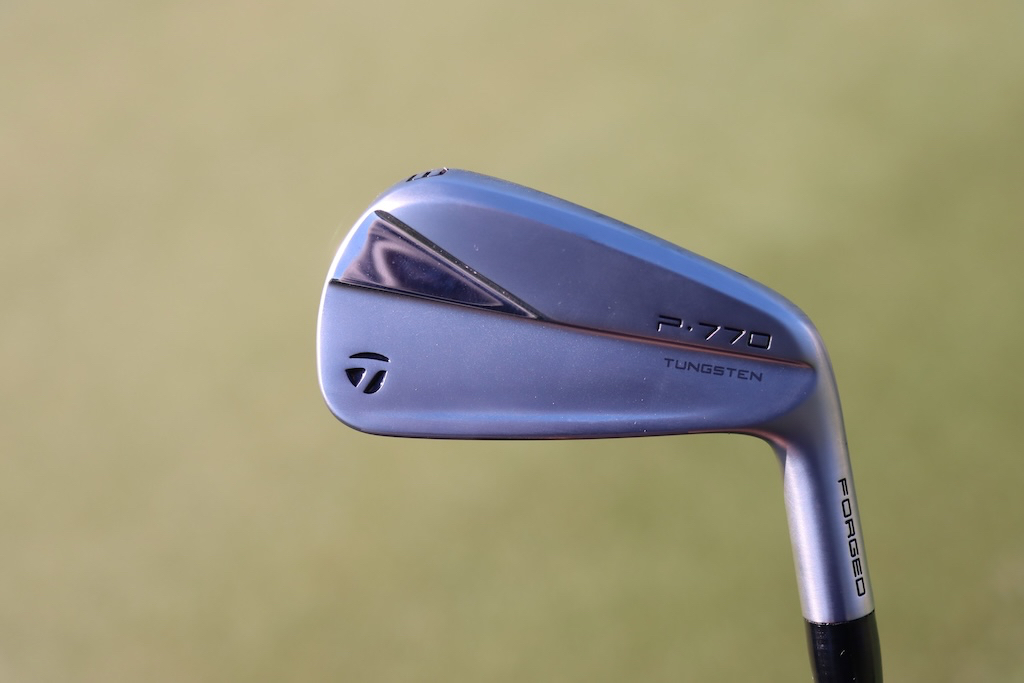
Hopefully, this means we will see some more shafts coming under the Denali name in the future, as I think many of us would like to try one in a hybrid or utility iron!
- Check out the rest of our photos from the 2024 Zurich Classic
- Check out in-hand photos of Daniel Berger’s full WITB here.
- LIKE0
- LEGIT0
- WOW0
- LOL0
- IDHT0
- FLOP0
- OB0
- SHANK0
Whats in the Bag
Daniel Berger WITB 2024 (April)
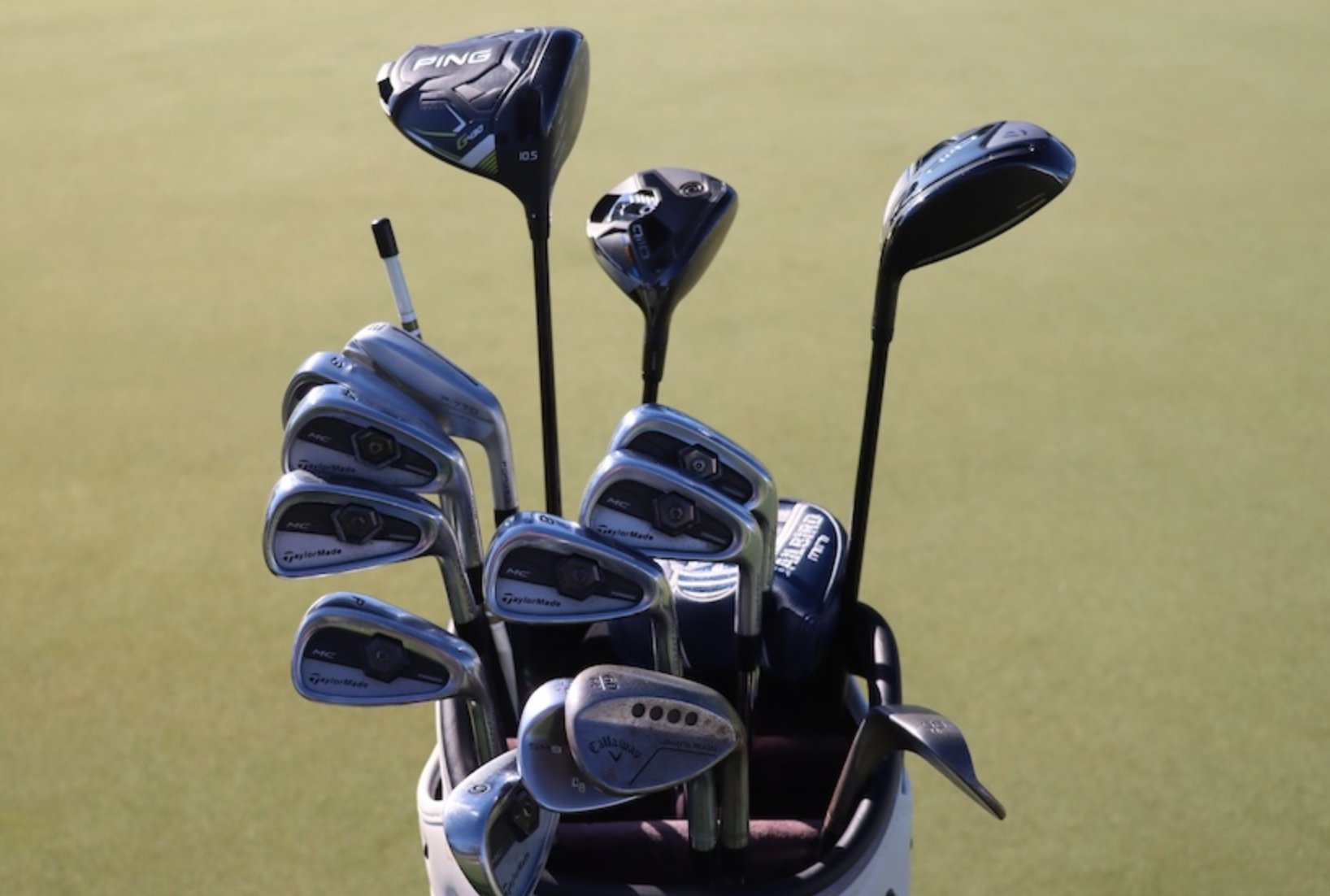
- Daniel Berger what’s in the bag accurate as of the Farmers Insurance Open. More photos from the event here.
Driver: Ping G430 LST (10.5 degrees)
Shaft: Fujikura Ventus Black 6 X
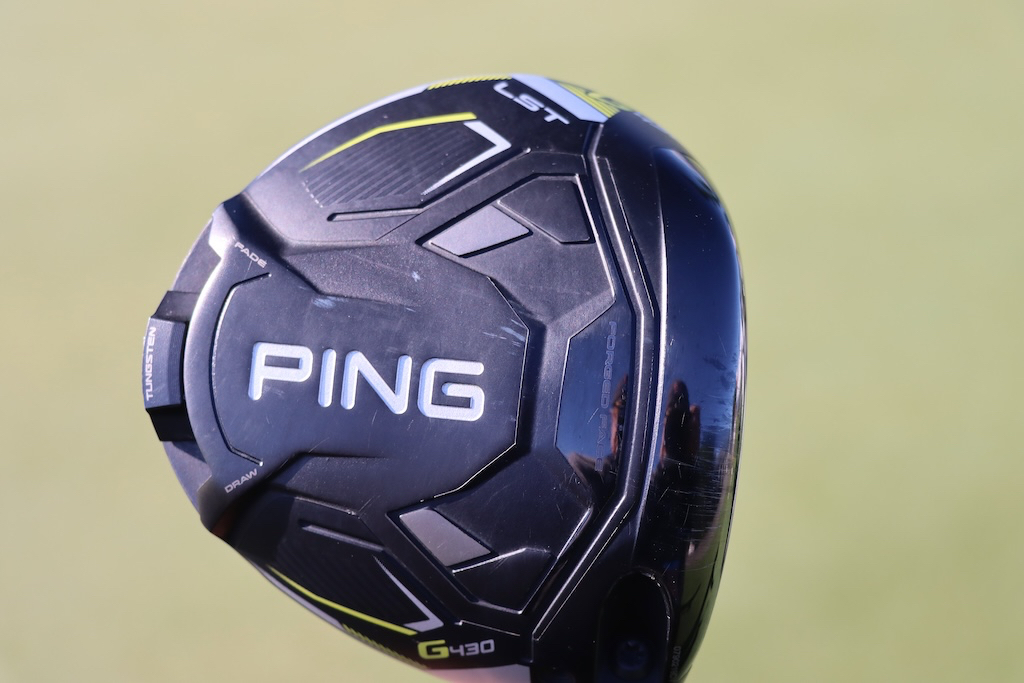
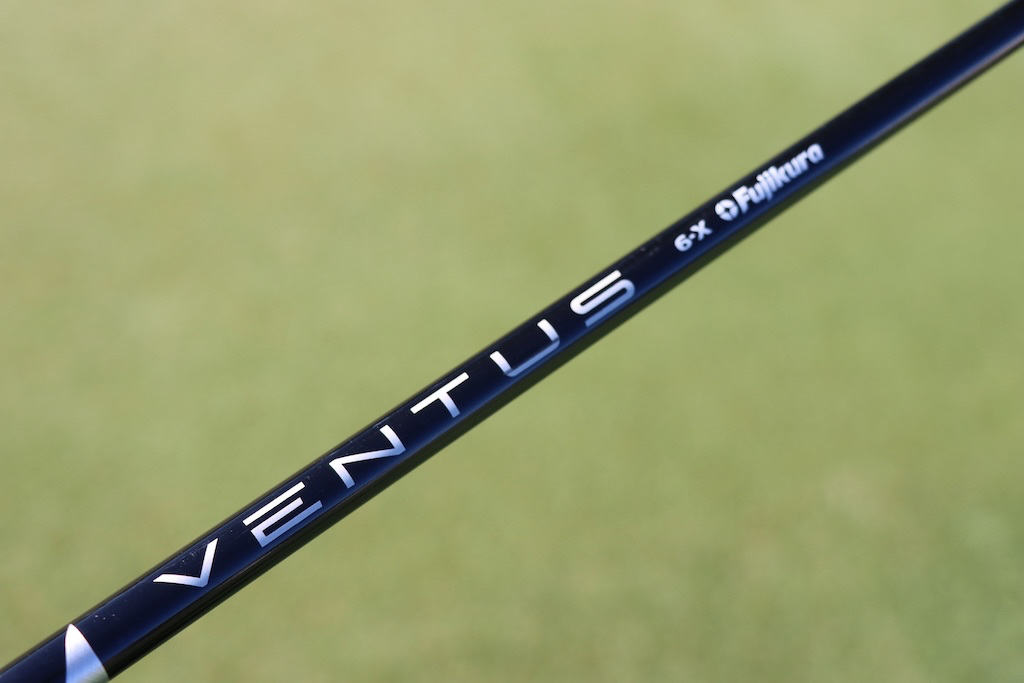
3-wood: TaylorMade Qi10 (15 degrees)
Shaft: Fujikura Ventus Black 7 X
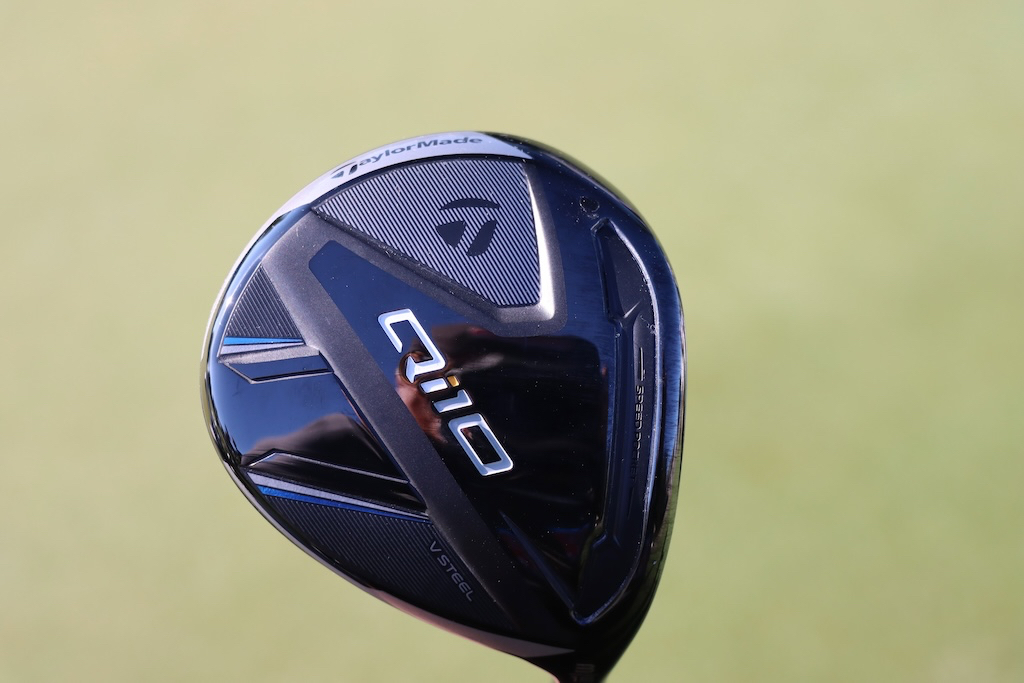
6-wood: TaylorMade Qi10 Tour (21 degrees)
Shaft: Fujikura Ventus Black 8 X
Irons: TaylorMade P770 (3), TaylorMade Tour Preferred MC 2011 (4-PW)
Shafts: Project X Denali Blue 105 TX (3), Project X 6.5 (4-PW)
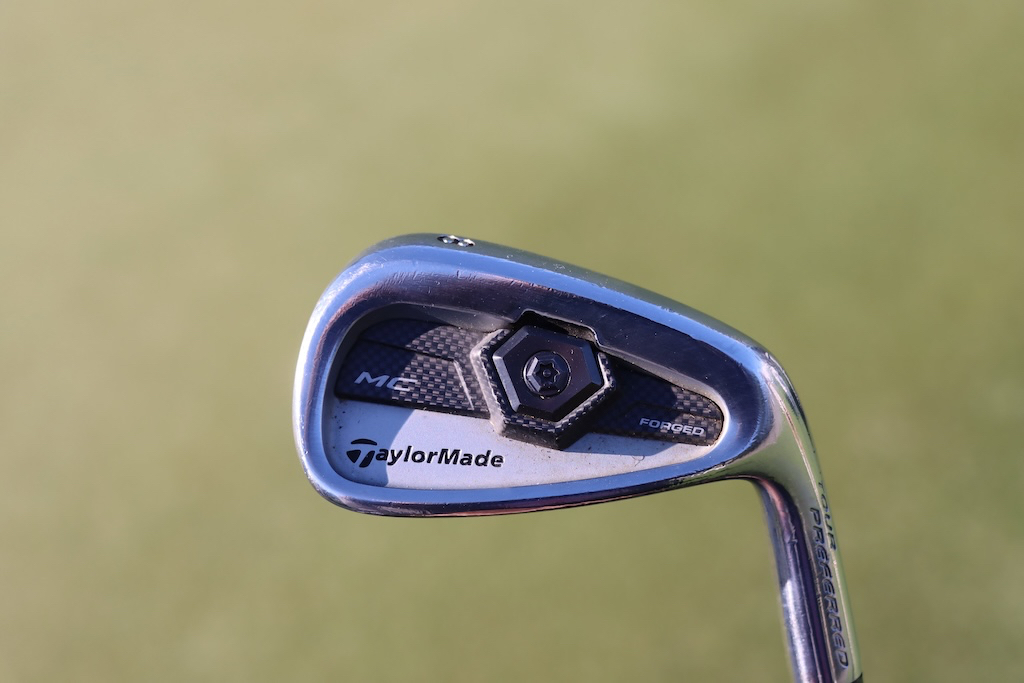

Wedges: Titleist Vokey Design SM9 (50-12F), Titleist Vokey Design SM10 (56-14F), Callaway Jaws Raw (60-08C)
Shafts: Project X 6.5 (50), True Temper Dynamic Gold Tour Issue S400 (56, 60)
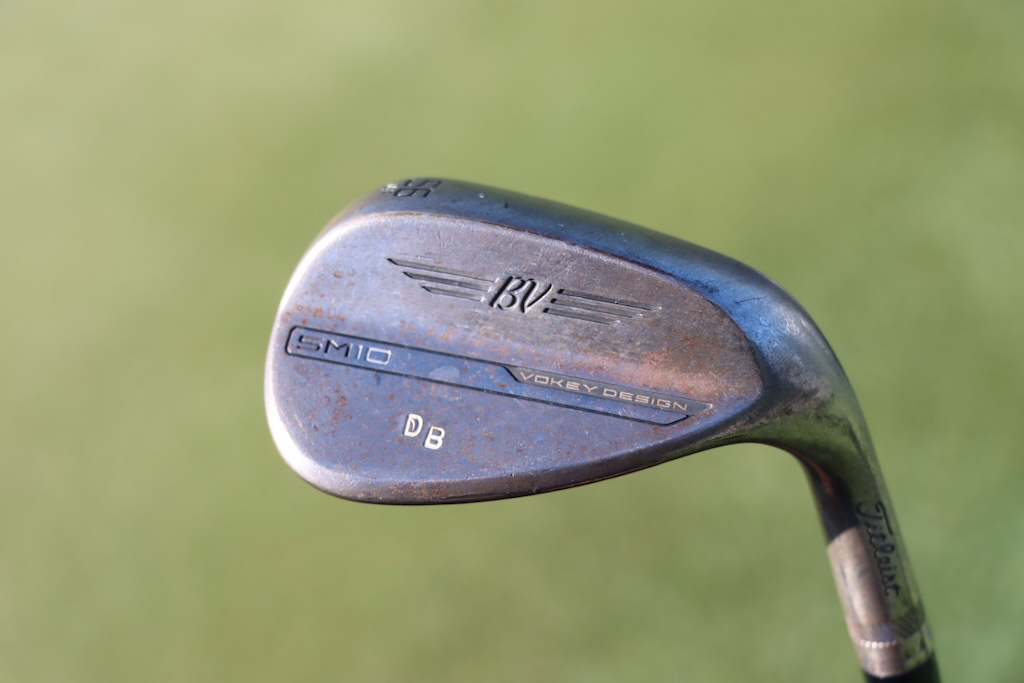
Putter: Odyssey Ai-One Jailbird Mini DB
Grip: SuperStroke Zenergy PistolLock 1.0
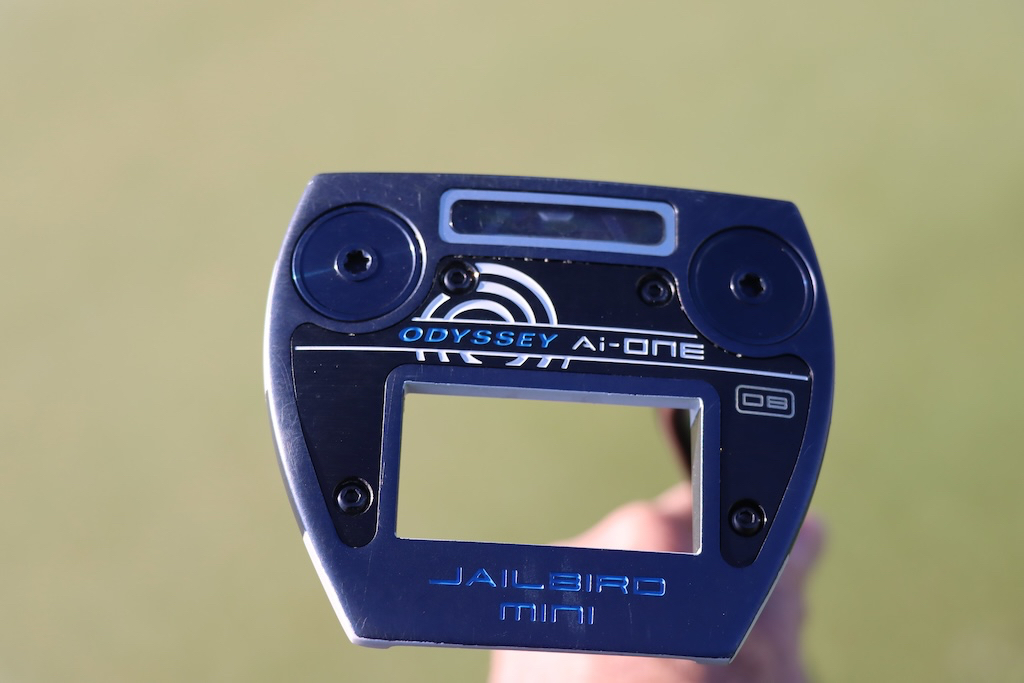

Grips: Golf Pride Tour Wrap
Ball: Titleist Pro V1
Check out more in-hand photos of Daniel Berger’s clubs in the forums.
- LIKE3
- LEGIT0
- WOW0
- LOL1
- IDHT0
- FLOP0
- OB1
- SHANK0
Equipment
Heavy Artillery: A look at drivers in play at the Zurich Classic of New Orleans
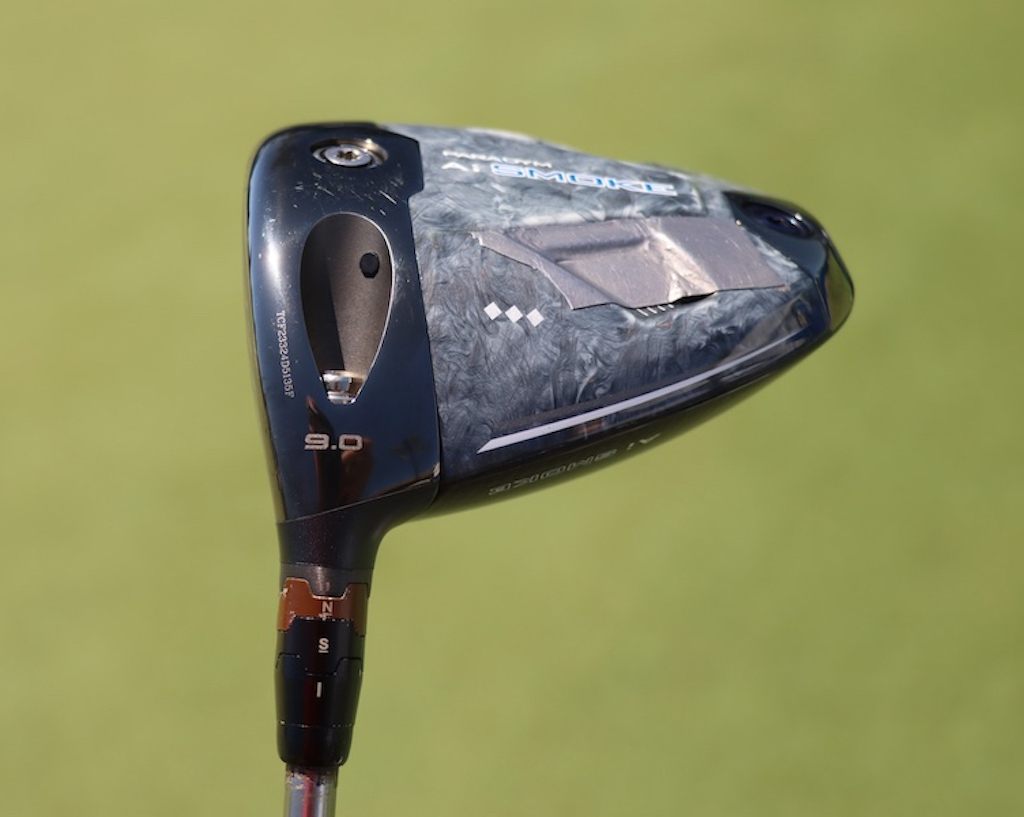
What are the driver and shaft combinations of the best golfers in the world? For gearheads, it’s an endlessly interesting question — even if we can only ever aspire to play LS heads and 7 TX shafts.
At this week’s Zurich Classic of New Orleans, GolfWRX got in-hand looks at the driver setups of a wealth of players.
Check out some of the most interesting combos below, then head to the GolfWRX forums for the rest, as well as the rest of our galleries from New Orleans.
Rory McIlroy
Driver: TaylorMade Qi10 (9 degrees @8.25)
Shaft: Fujikura Ventus Black 6 X
Grip: Golf Pride MCC
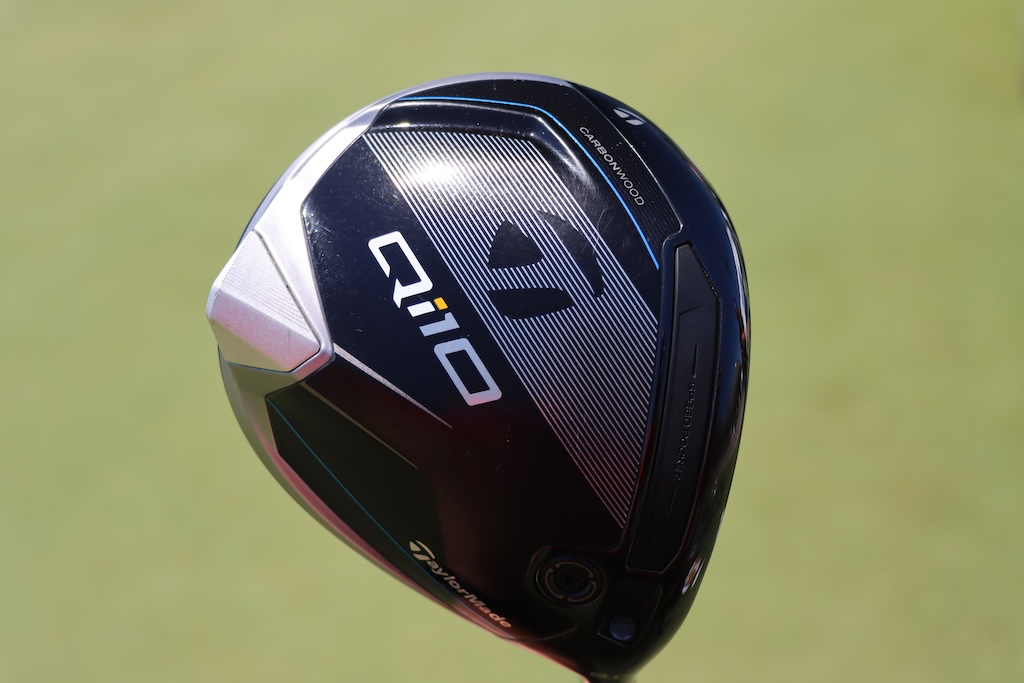
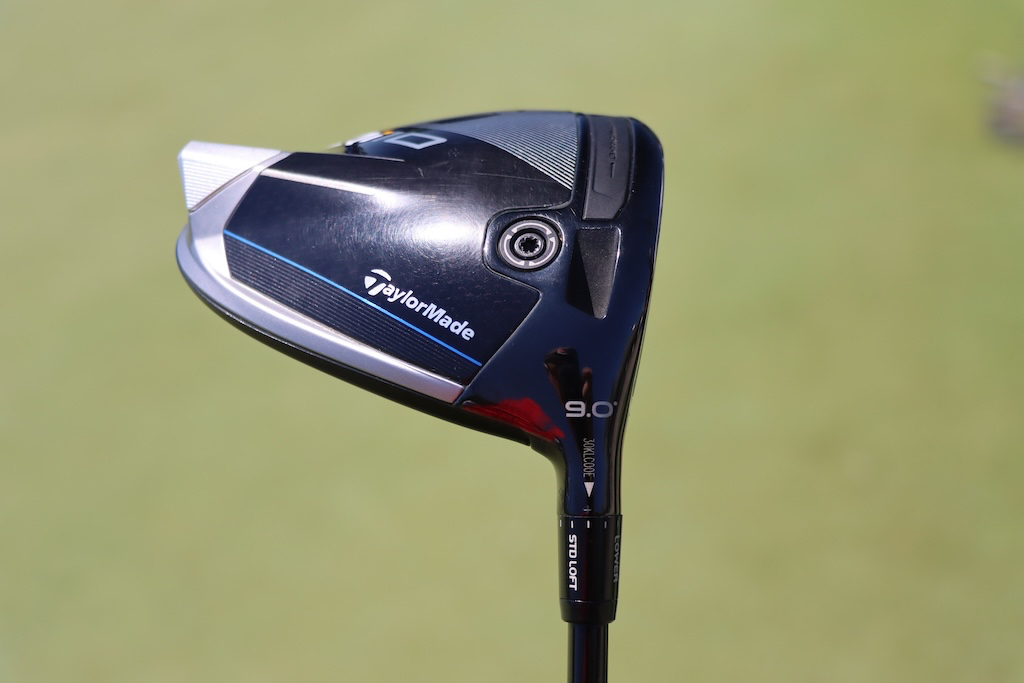
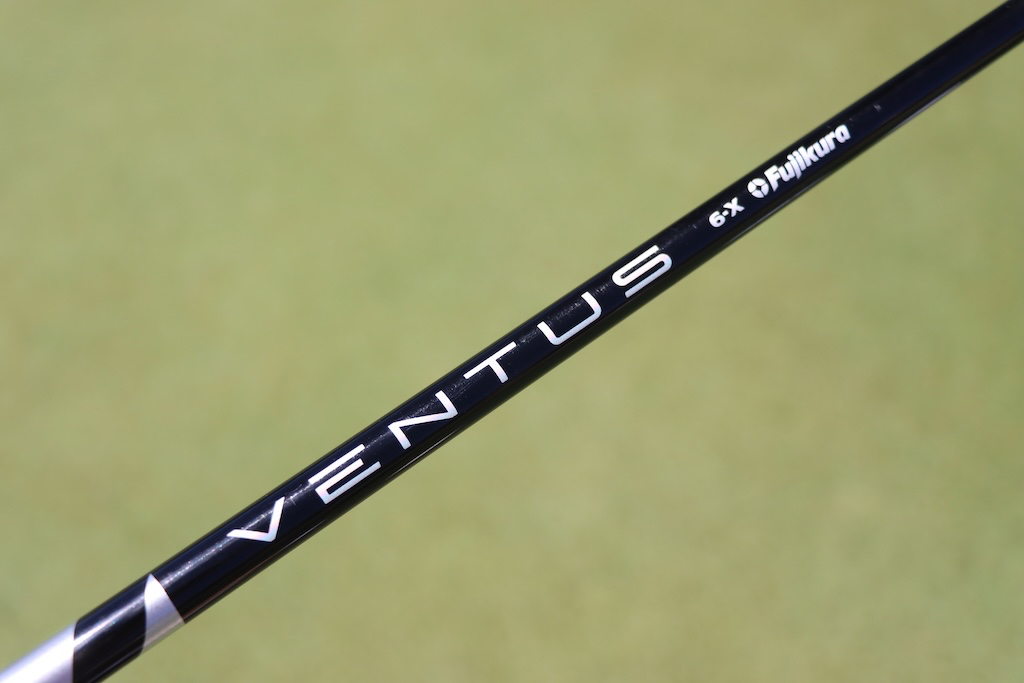

Alex Fitzpatrick
Driver: Ping G430 LST (10.5 degrees)
Shaft: Fujikura Ventus Black 6 X
Grip: Golf Pride MCC
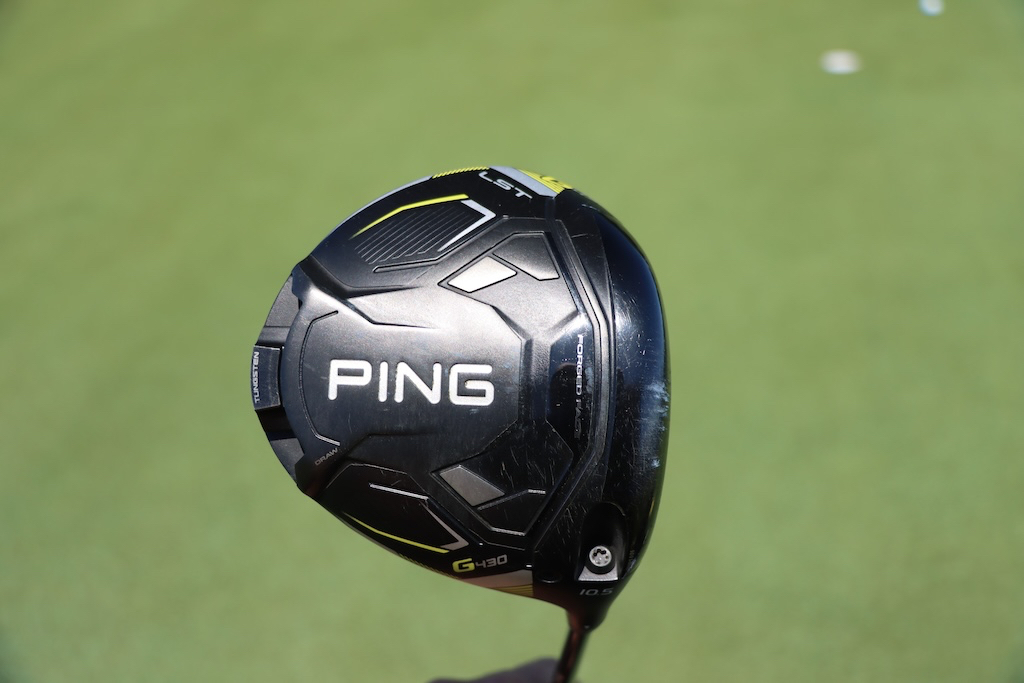
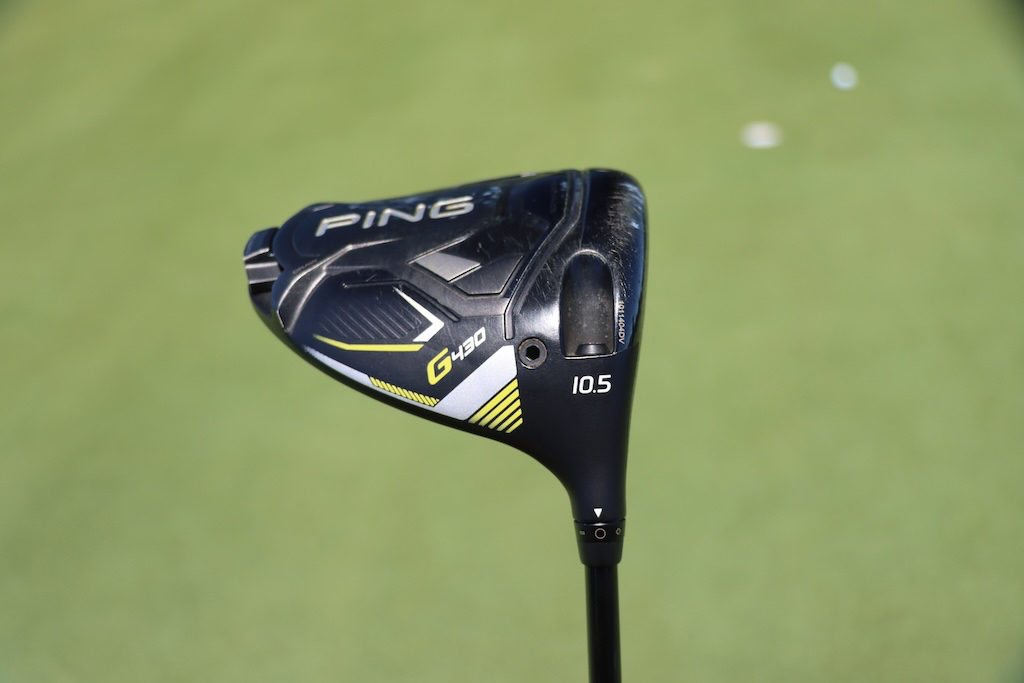

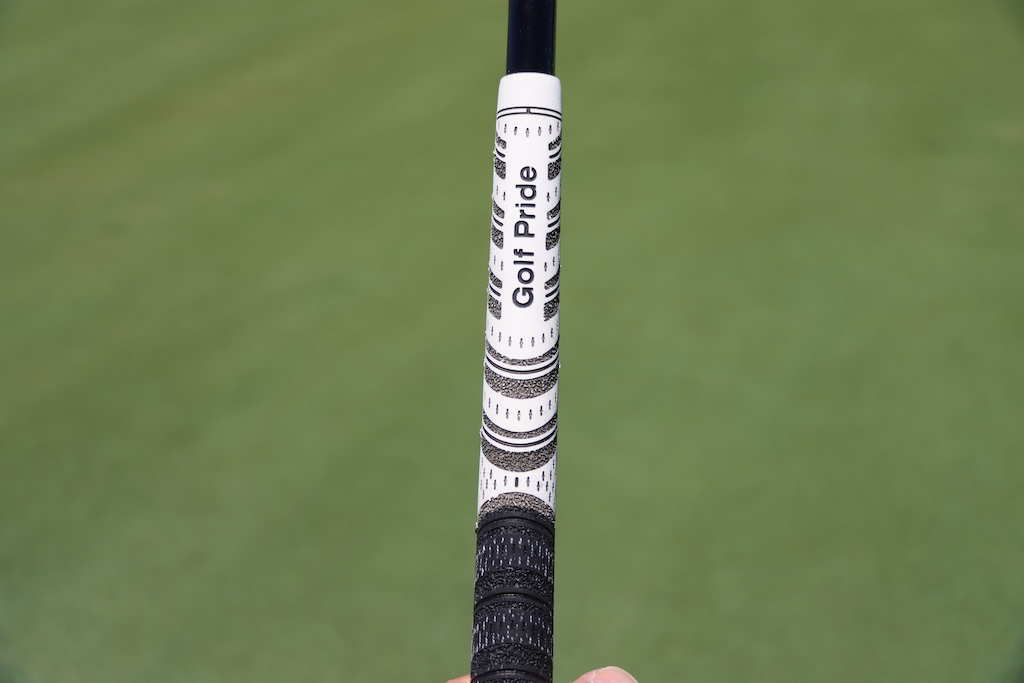
Daniel Berger
Driver: Ping G430 LST (10.5 degrees @9)
Shaft: Fujikura Ventus Black 6 X
Grip: Golf Pride Tour Wrap
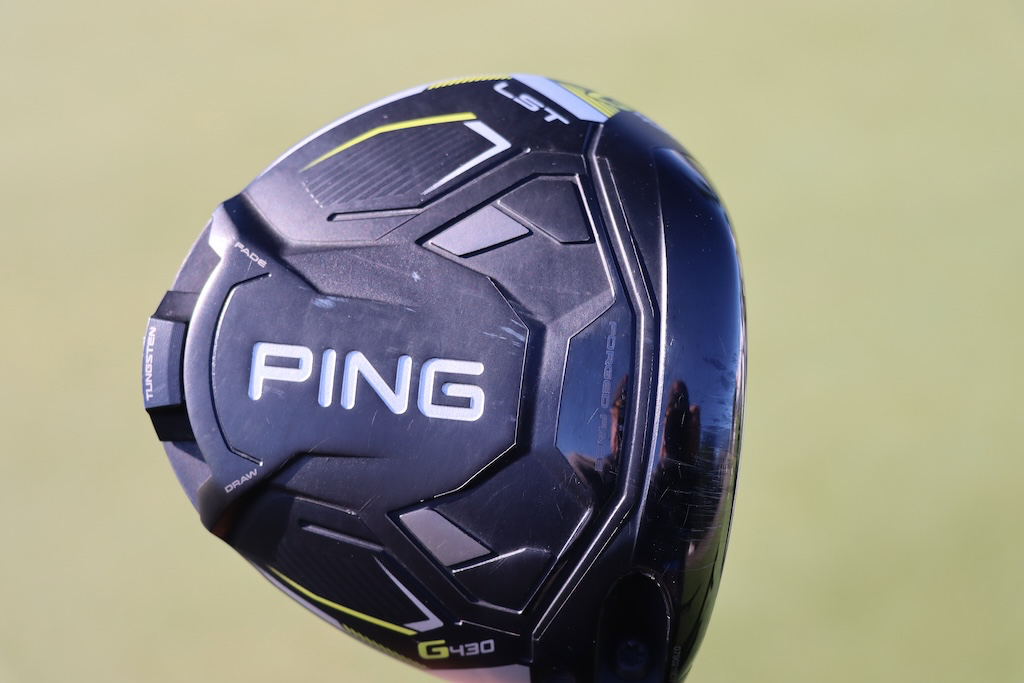
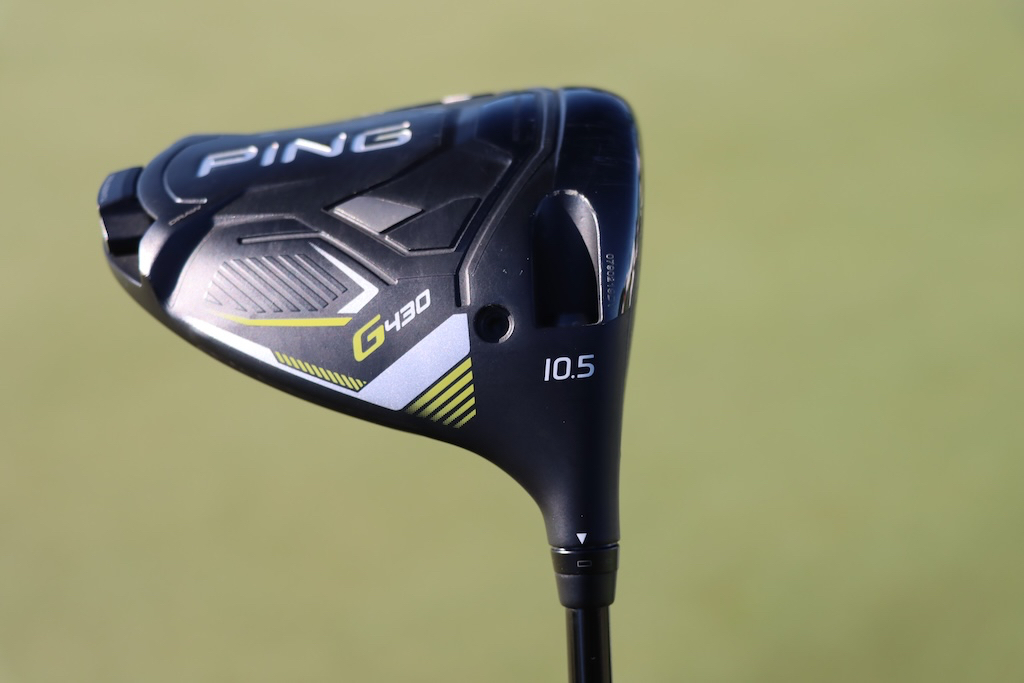
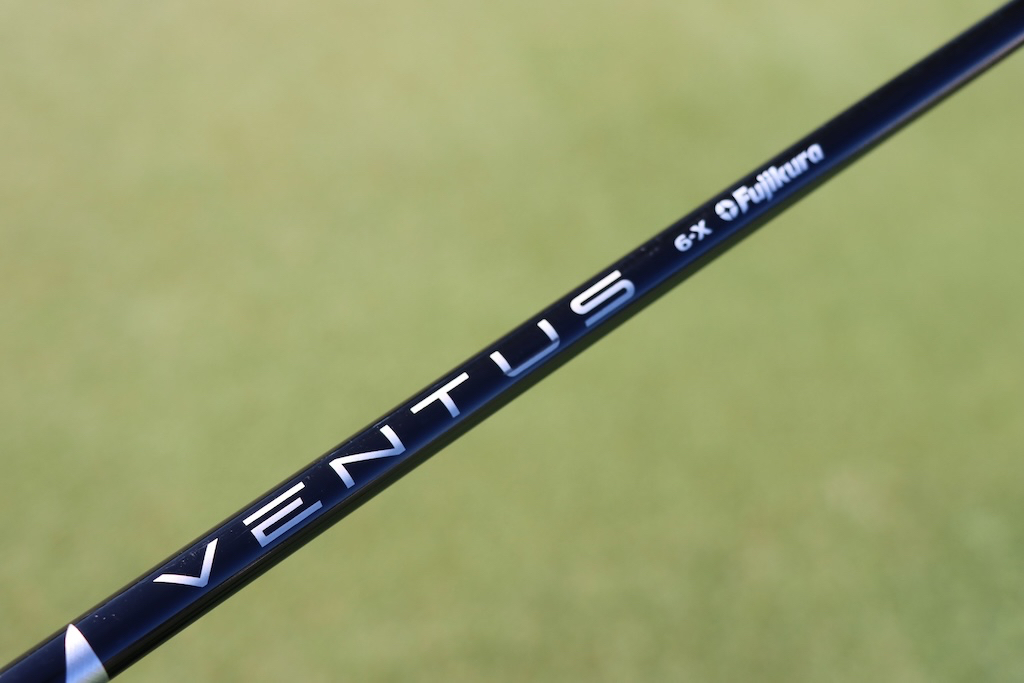
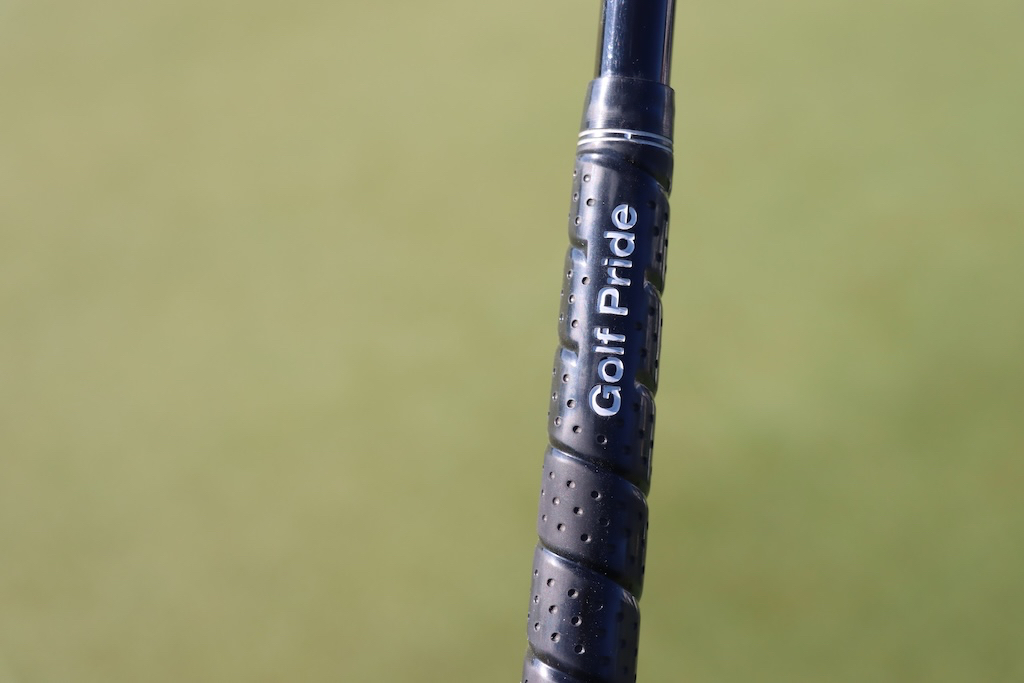
Rasmus Hojgaard
Driver: Callaway Paradym Ai Smoke Triple Diamond (10.5 degrees)
Shaft: Mitsubishi Tensei 1K Blue 60 TX
Grip: Golf Pride MCC
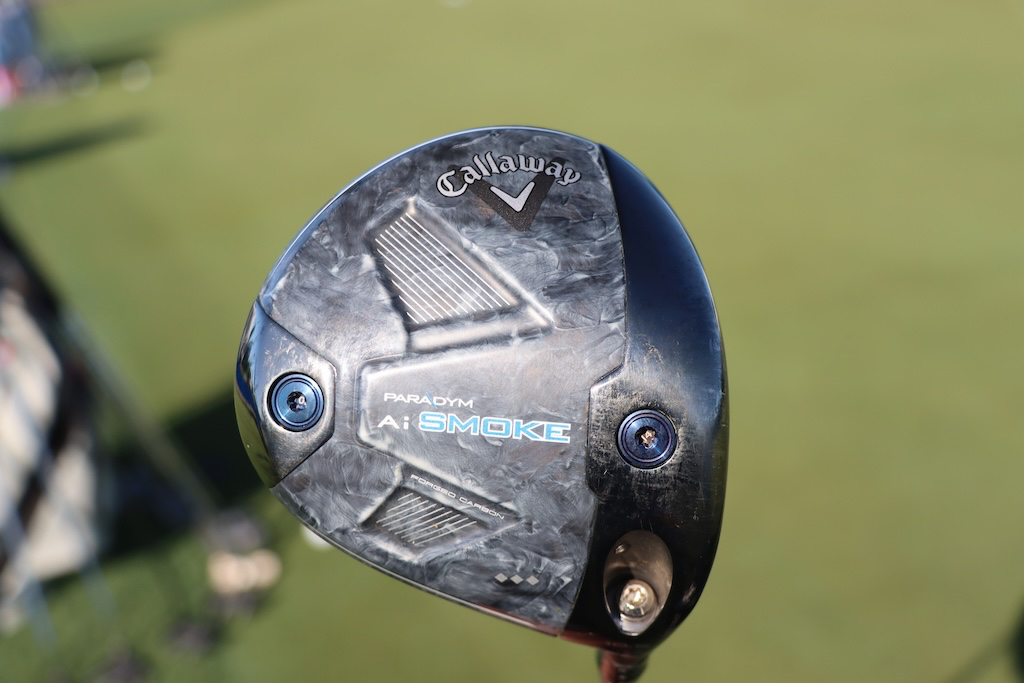
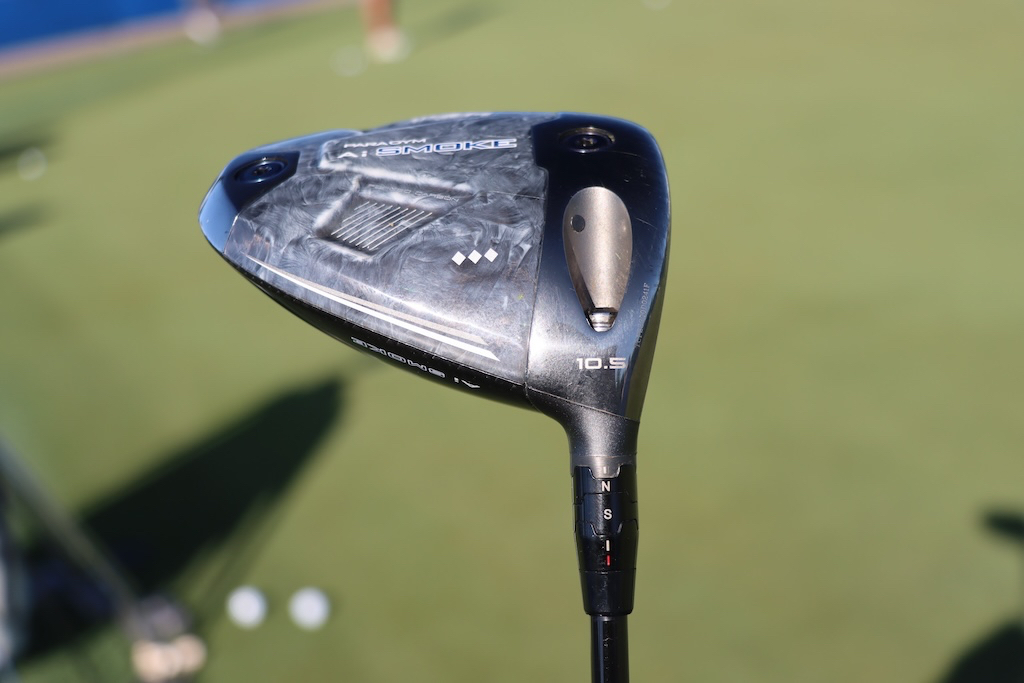
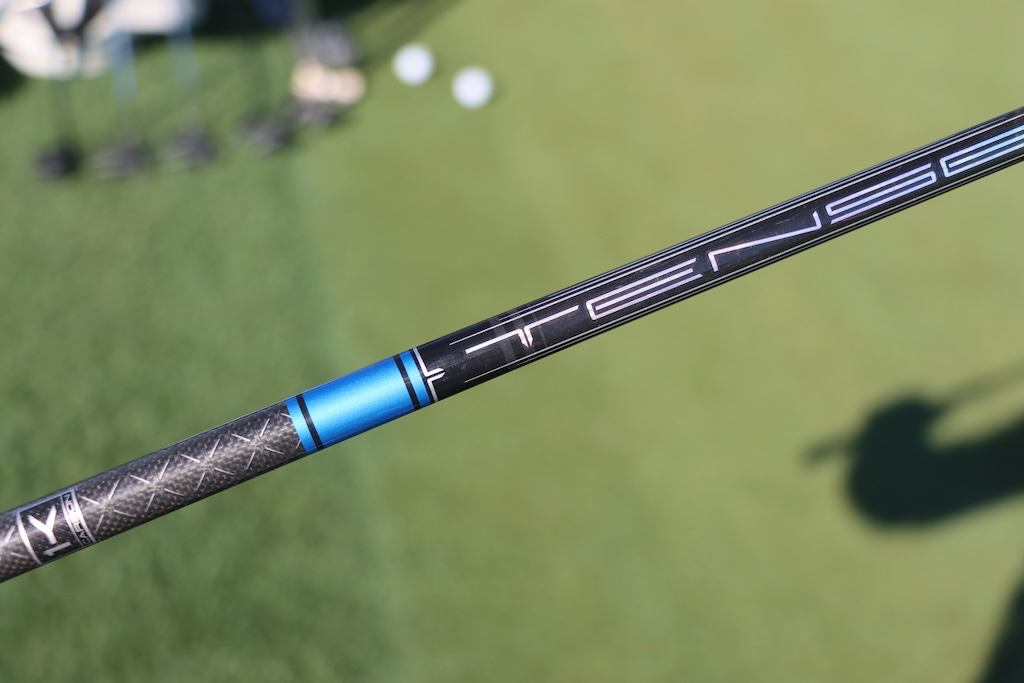
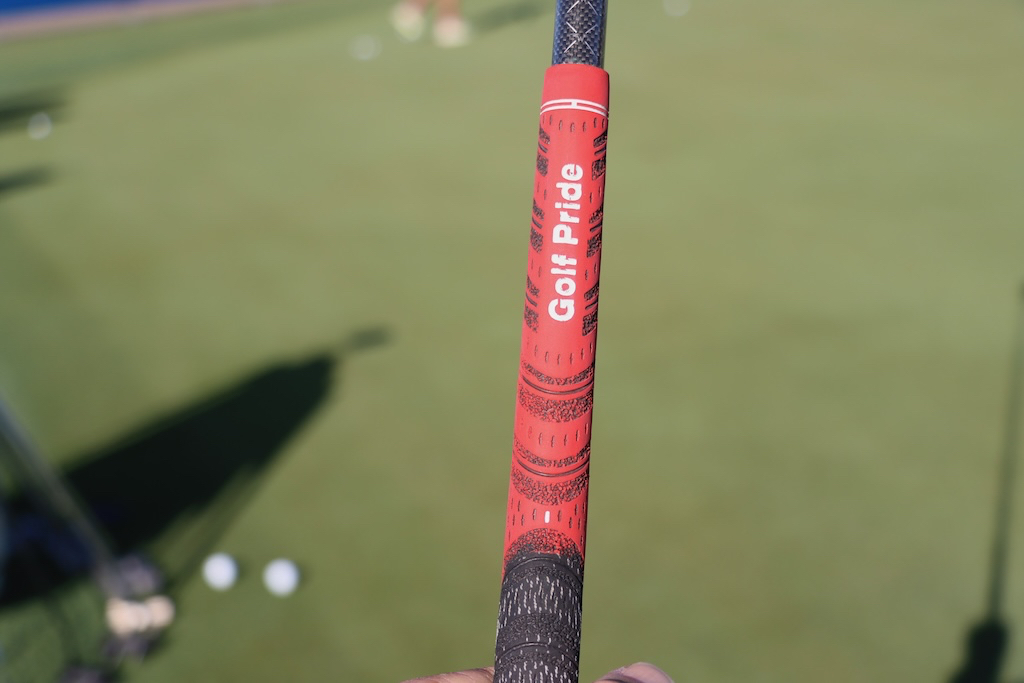
Alejandro Tosti
Driver: Srixon ZX5 Mk II LS (9.5 degrees @10.5)
Shaft: Project X HZRDUS T1100 75 6.5
Grip: Golf Pride MCC Plus4
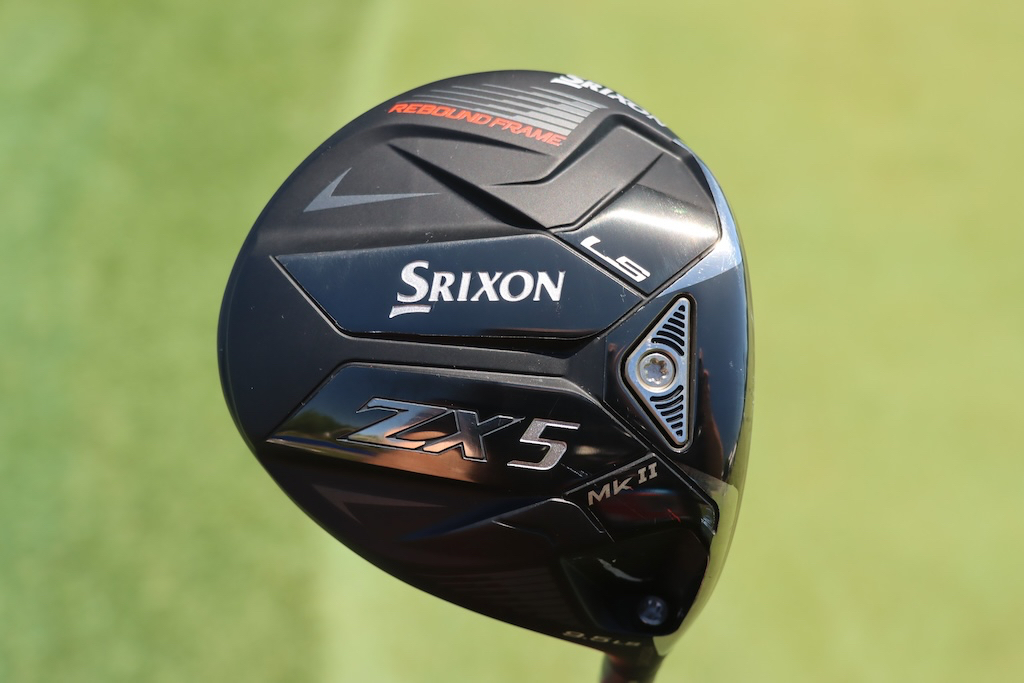

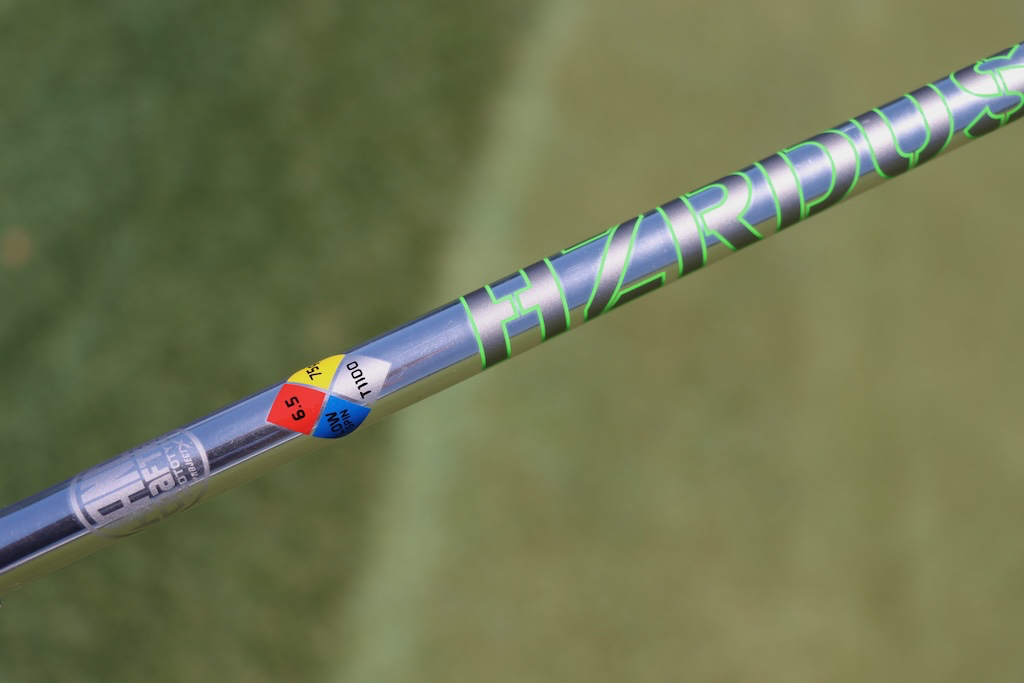

James Nicholas
Driver: Titleist TSR3 (8 degrees, A1 SureFit setting)
Shaft: Fujikura Ventus TR Blue 7 X
Grip: Golf Pride Tour Velvet
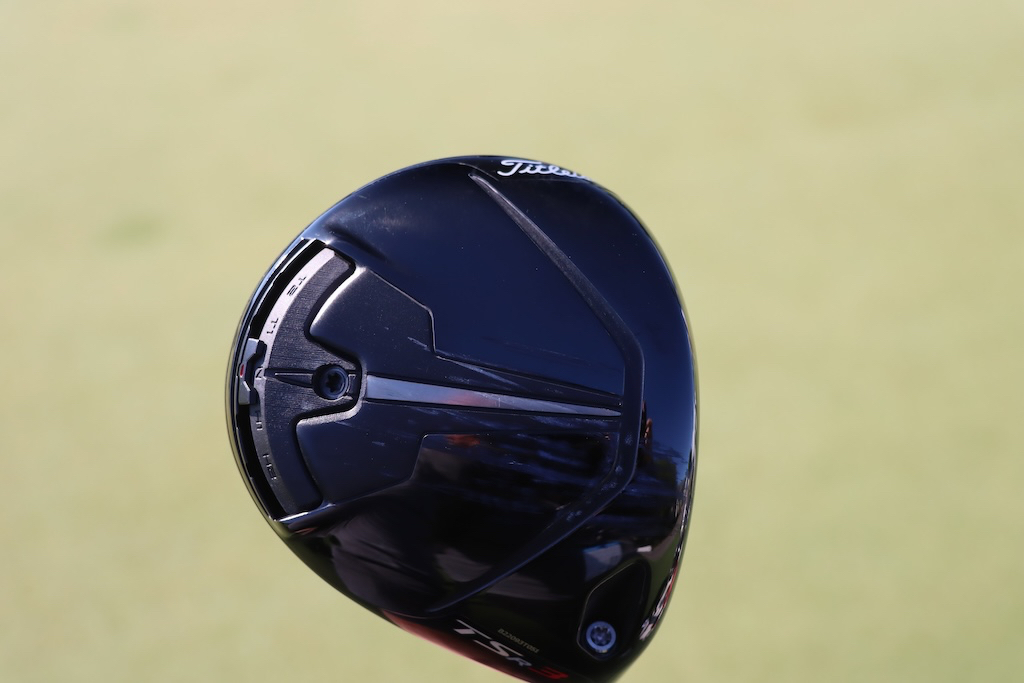

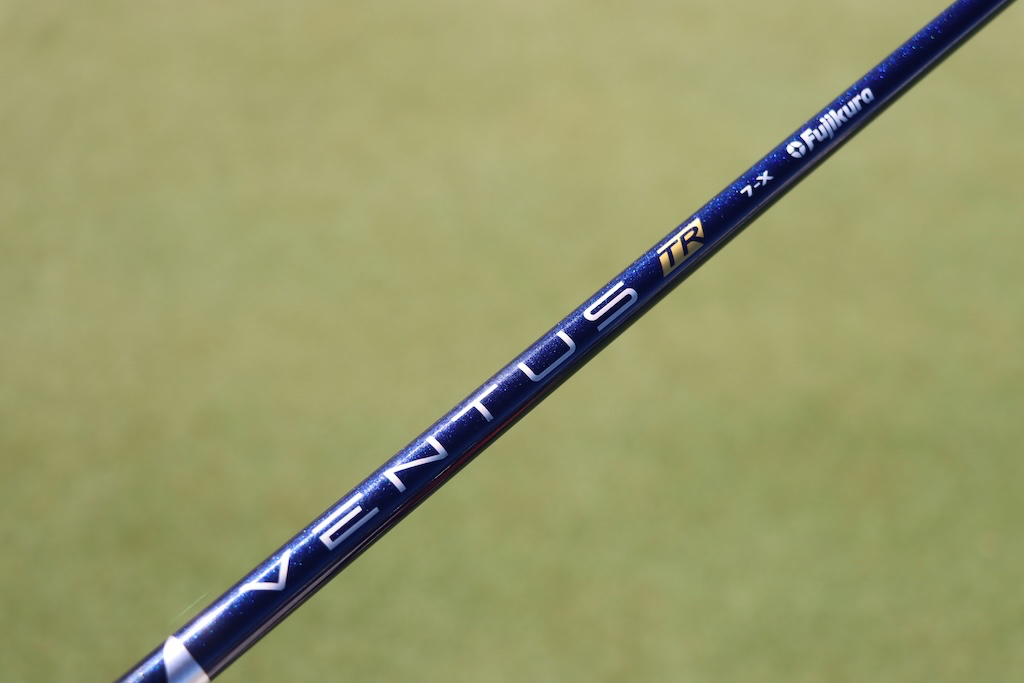

Kevin Streelman
Driver: Titleist TSR3 (10 degrees, D1 SureFit setting)
Shaft: Fujikura Ventus TR Black 6 X
Grip: Golf Pride Tour Velvet
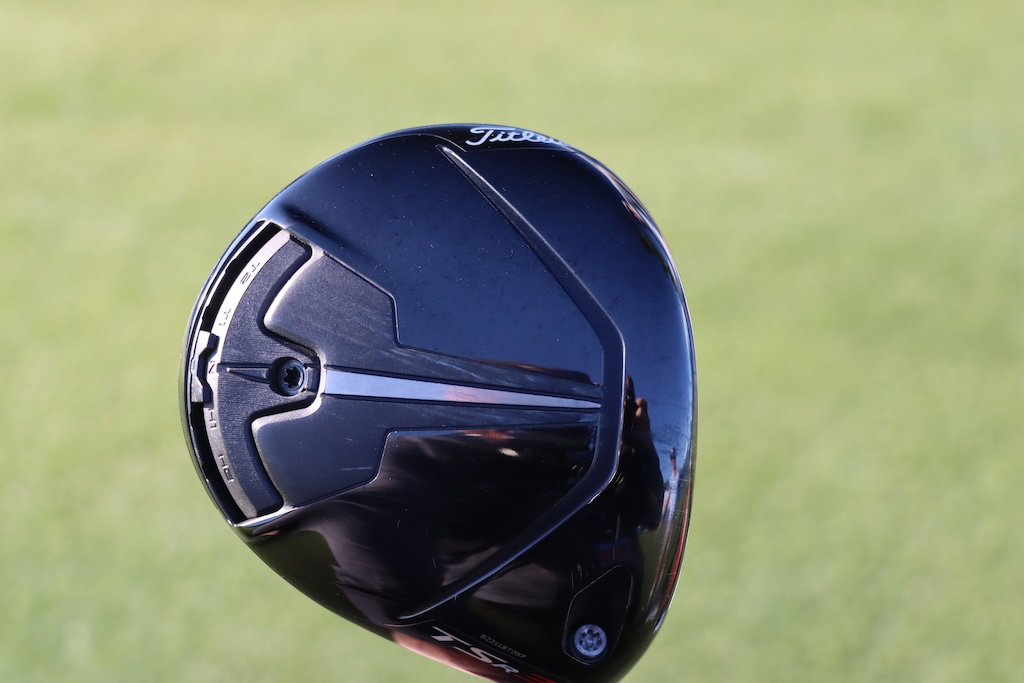



Sang-moon Bae
Driver: Callaway Paradym Triple Diamond (9+ @8)
Shaft: Fujikura Ventus Blue 6 X
Grip: Golf Pride Tour Velvet
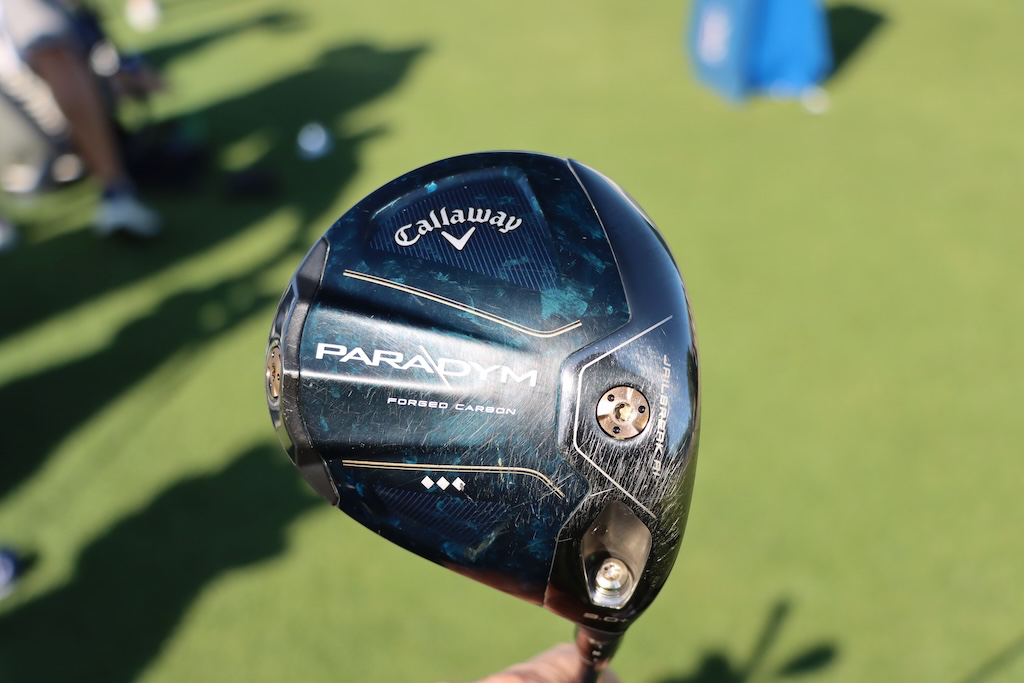
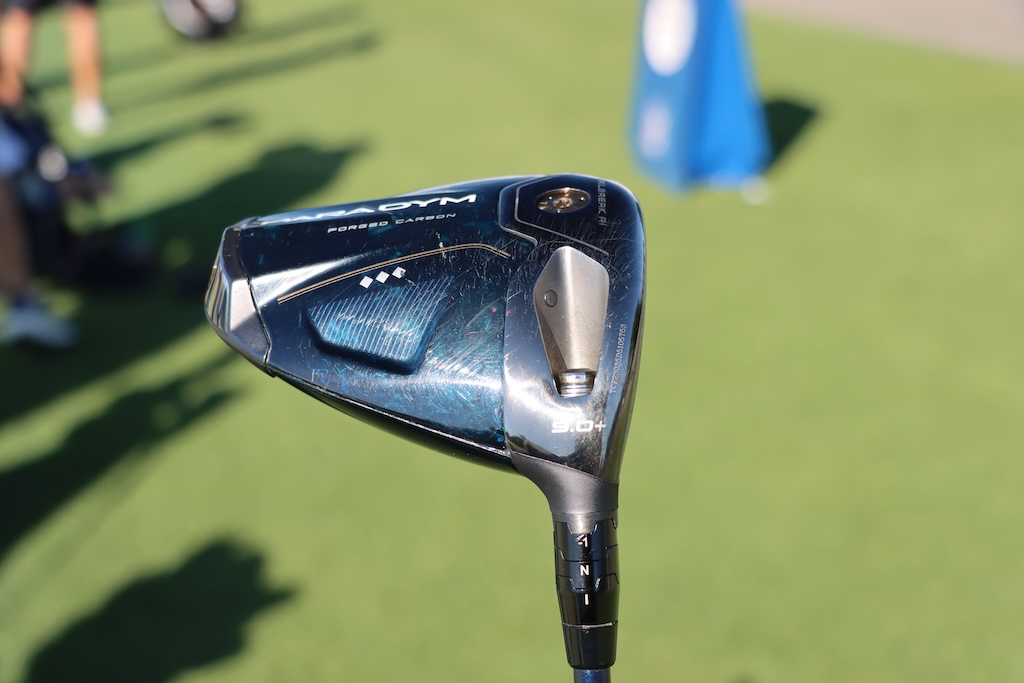
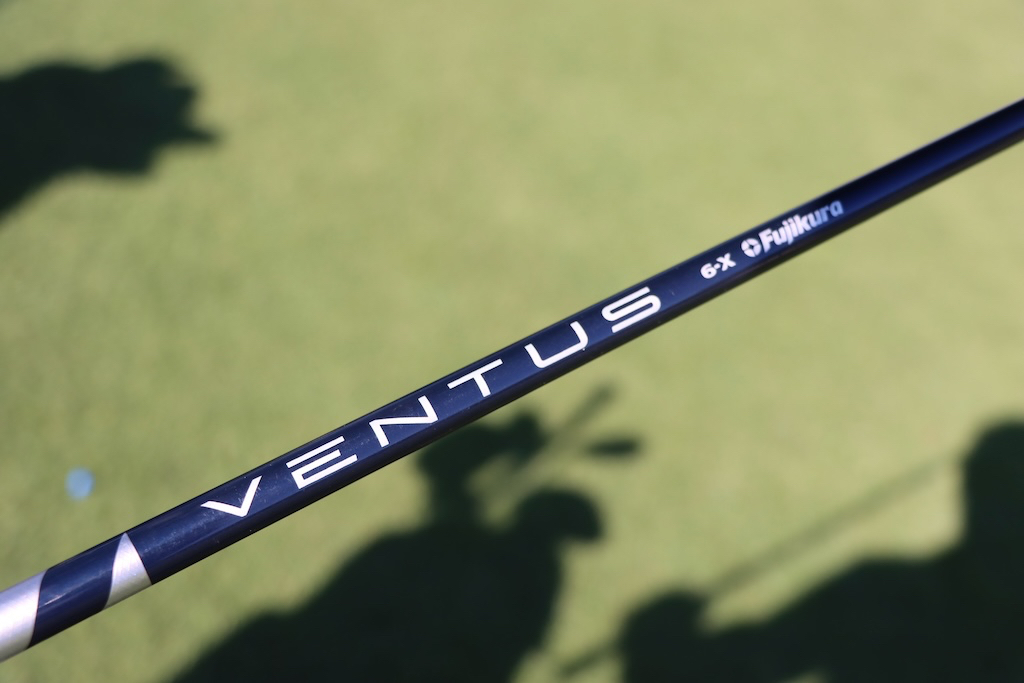
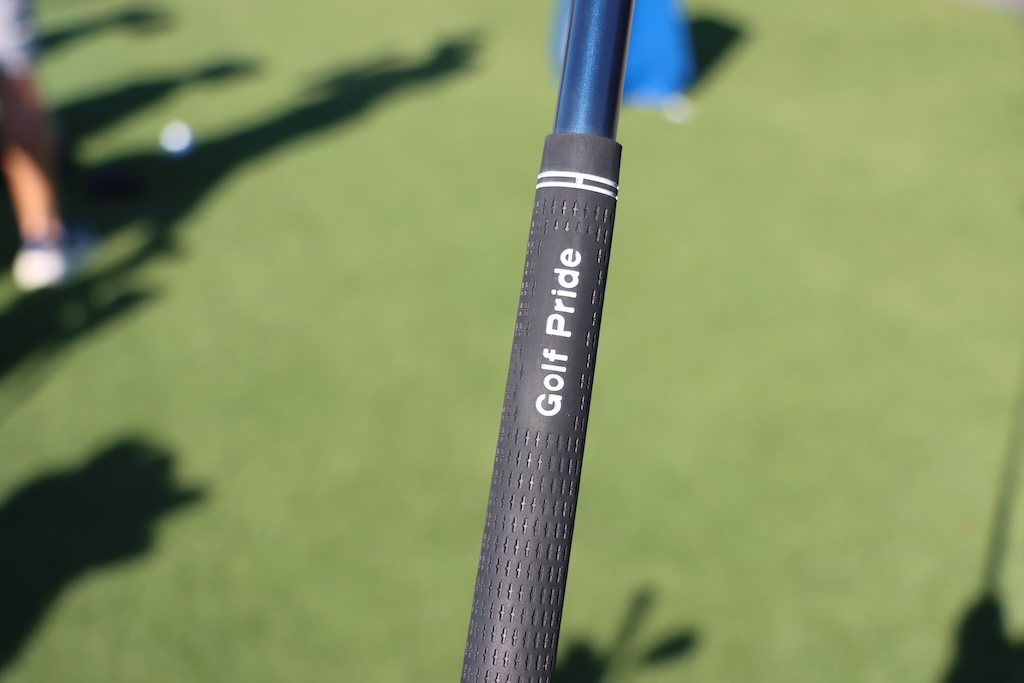
Russ Cochran
Driver: Callaway Paradym Ai Smoke (9 degrees)
Shaft: Graphite Design Tour AD TP 6 X
Grip: Golf pride MCC Align 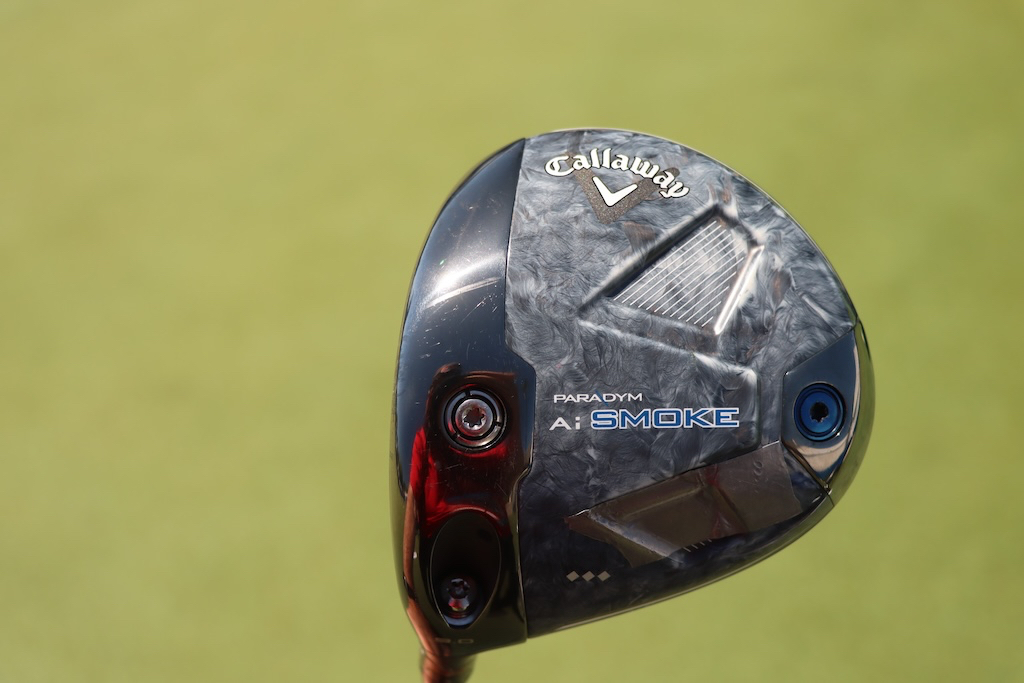
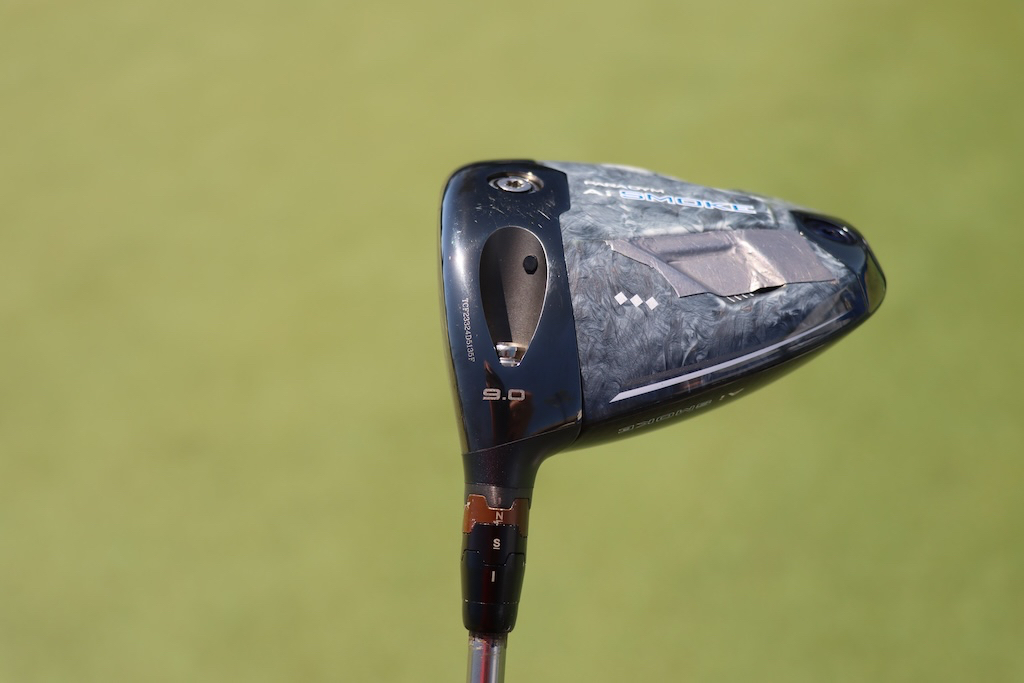

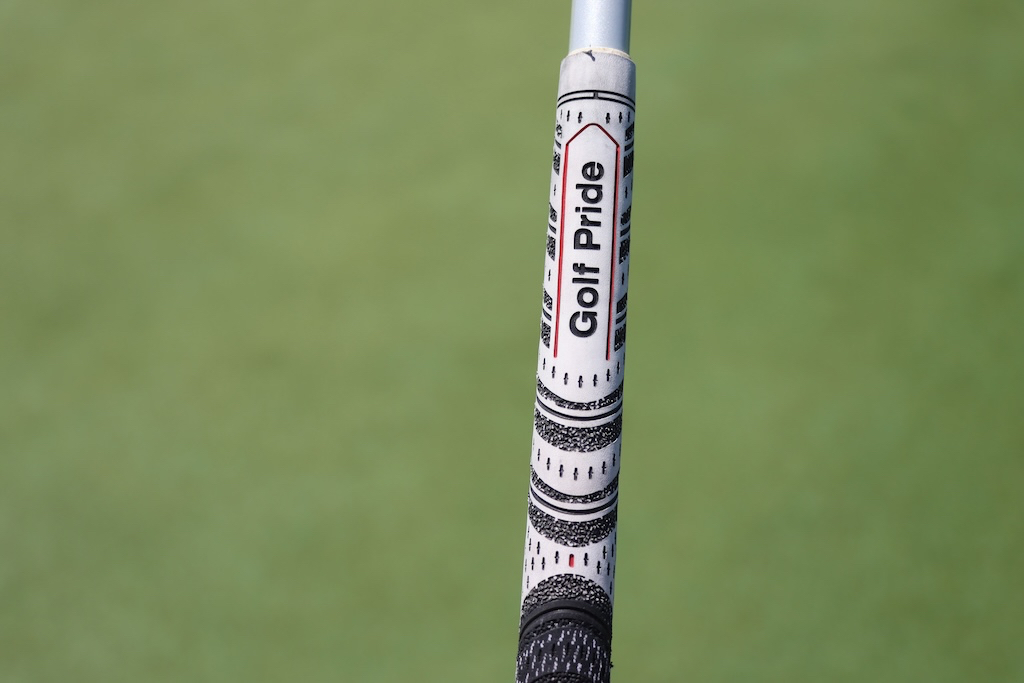
MJ Daffue
Driver: Callaway Paradym Ai Smoke Max (10.5 degrees @9.5)
Shaft: Project X HZRDUS Smoke Green RDX 65 TX
Grip: Golf Pride ZGrip Cord Align
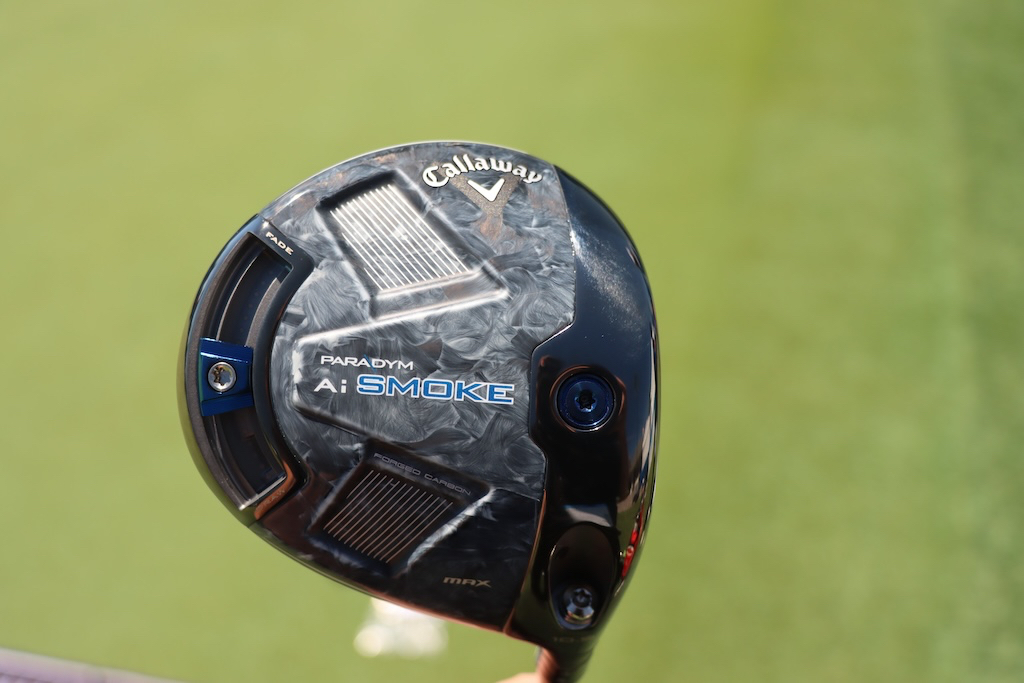

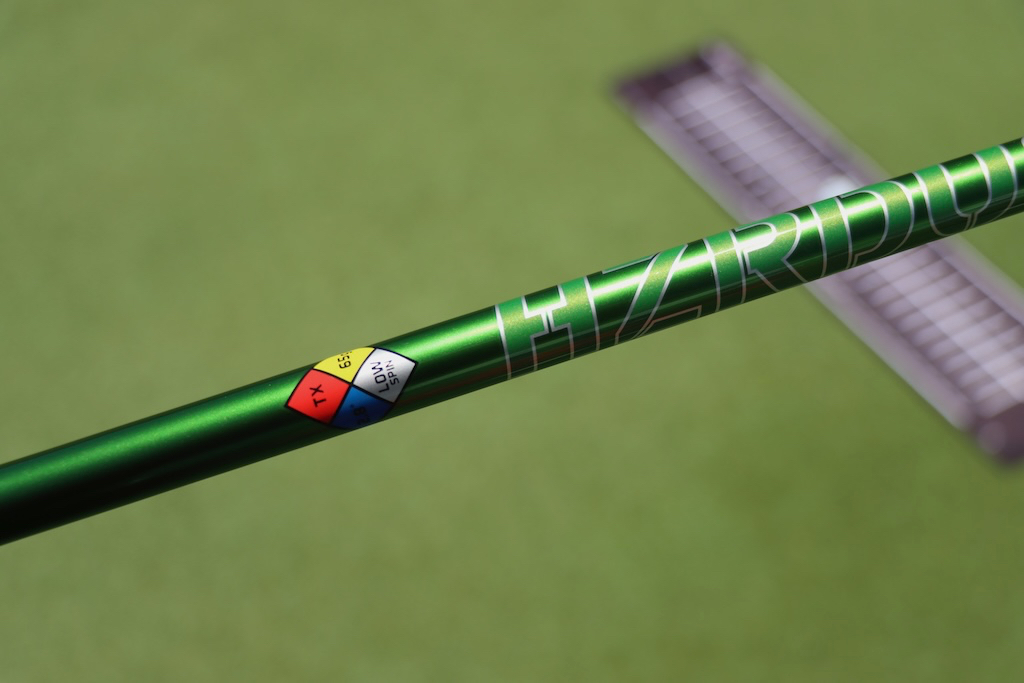
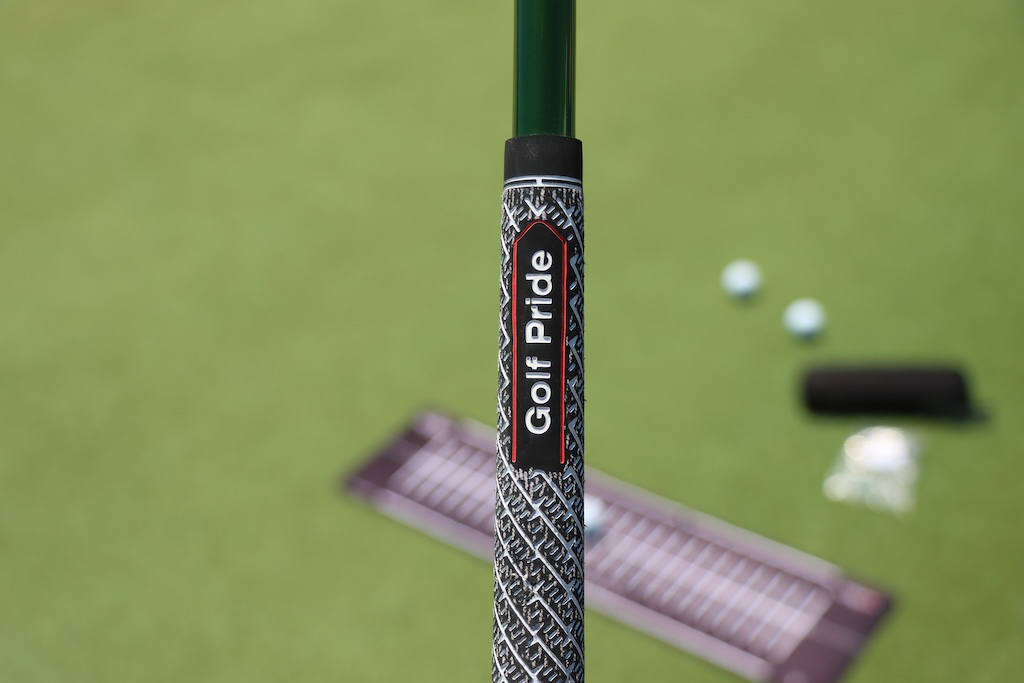
Check our more photos from the Zurich Classic here.
- LIKE2
- LEGIT0
- WOW0
- LOL0
- IDHT0
- FLOP0
- OB0
- SHANK1
-

 19th Hole2 weeks ago
19th Hole2 weeks agoDave Portnoy places monstrous outright bet for the 2024 Masters
-

 19th Hole3 days ago
19th Hole3 days agoJustin Thomas on the equipment choice of Scottie Scheffler that he thinks is ‘weird’
-

 19th Hole2 weeks ago
19th Hole2 weeks agoTiger Woods arrives at 2024 Masters equipped with a putter that may surprise you
-

 19th Hole3 days ago
19th Hole3 days ago‘Absolutely crazy’ – Major champ lays into Patrick Cantlay over his decision on final hole of RBC Heritage
-

 19th Hole2 weeks ago
19th Hole2 weeks agoTwo star names reportedly blanked Jon Rahm all week at the Masters
-

 19th Hole1 week ago
19th Hole1 week agoReport: LIV Golf identifies latest star name they hope to sign to breakaway tour
-

 19th Hole1 week ago
19th Hole1 week agoNeal Shipley presser ends in awkward fashion after reporter claims Tiger handed him note on 8th fairway
-

 19th Hole1 week ago
19th Hole1 week agoBrandel Chamblee has ‘no doubt’ who started the McIlroy/LIV rumor and why
















Pingback: Best wedges of 2021: Traditional – GolfWRX
jgpl001
Jul 31, 2019 at 9:27 am
The boron made the S18’s feel like a rock and Mizuno know this was a mistake
I’d rather replace my wedges more often to keep the soft forged feel and so would many others
If your want forged wedges you know they don’t last and accept that
Saying that I will be waiting for the release of these (and those MP20’s) with anticipation
Dave
Jul 17, 2019 at 11:00 pm
“ballon”
Pelling
Jul 17, 2019 at 7:48 pm
How can Mizuno claim that Boron doesn’t impact feel?
justsayin
Jul 16, 2019 at 4:45 pm
They’re doing that Fourteen thing where it’s thicker in the high toe.
M
Jul 16, 2019 at 10:02 pm
Which Vokey and Ping have already copied.
DB
Jul 17, 2019 at 9:16 am
Yeah, not sure you can make the case that PING copied that. Their old wedges are the OG thick high toe.
Travisty
Jul 16, 2019 at 12:57 pm
Release date?
August
Jul 16, 2019 at 11:56 am
You had my curiosity but when a raw version was mentioned, well then you had my attention.
Matthew Cox
Jul 17, 2019 at 4:47 am
I’m sure you can afford it Monsieur Candie.